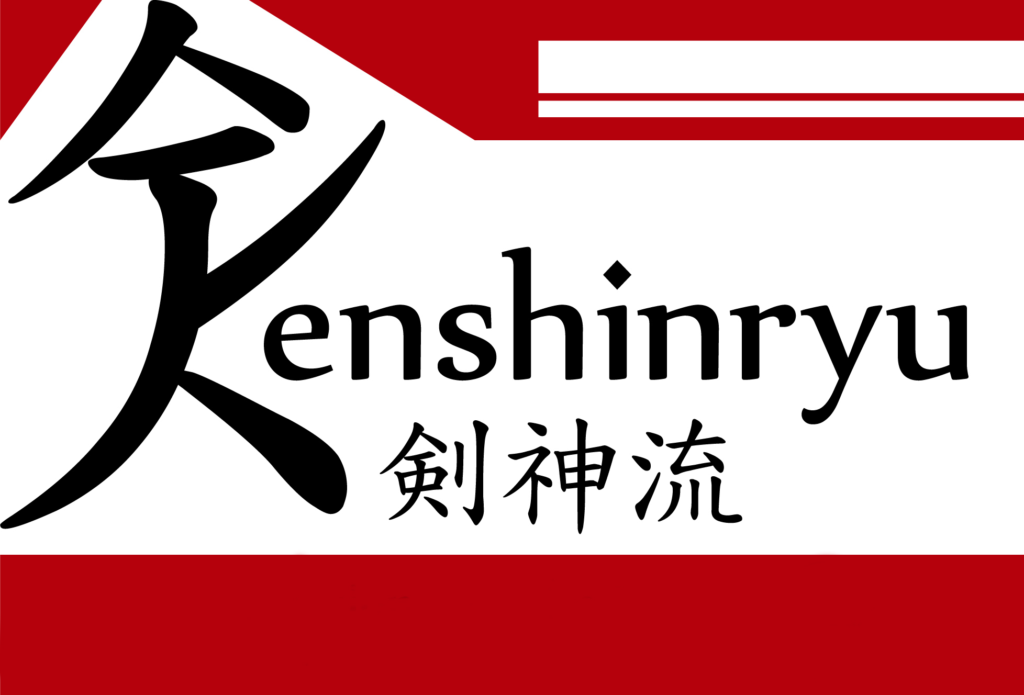Shinto Muso Ryu

About Shinto Muso Ryu
Even though the Shintō Musō-ryū was founded by a samurai (Muso Gonnosuke) in the Keichō era (1594–1614) it continues to have a significant influence on policing in the very modern society of Japan. Even today all police officers are trained in Jodo and in every Koban or Police Box you will see a group of Jo’s (4 foot staffs) ready for immediate use. Why has this ancient weapon remained so much in use in the modern day? What applications does it have and how does its training enhance modern combat methods? Indeed how does a 400 year old school that specialises in old style Japanese weaponry including sword, staff, jutte, kusarigama, tanjo and arresting cord manage to draw many thousands of experienced martial arts adherents to its ranks worldwide?

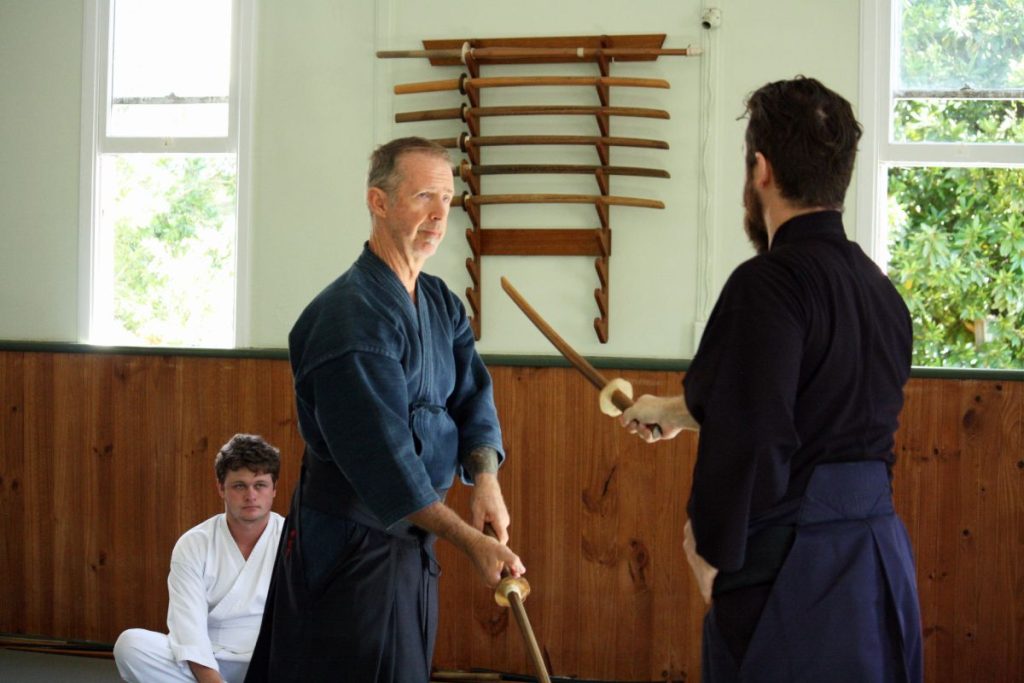


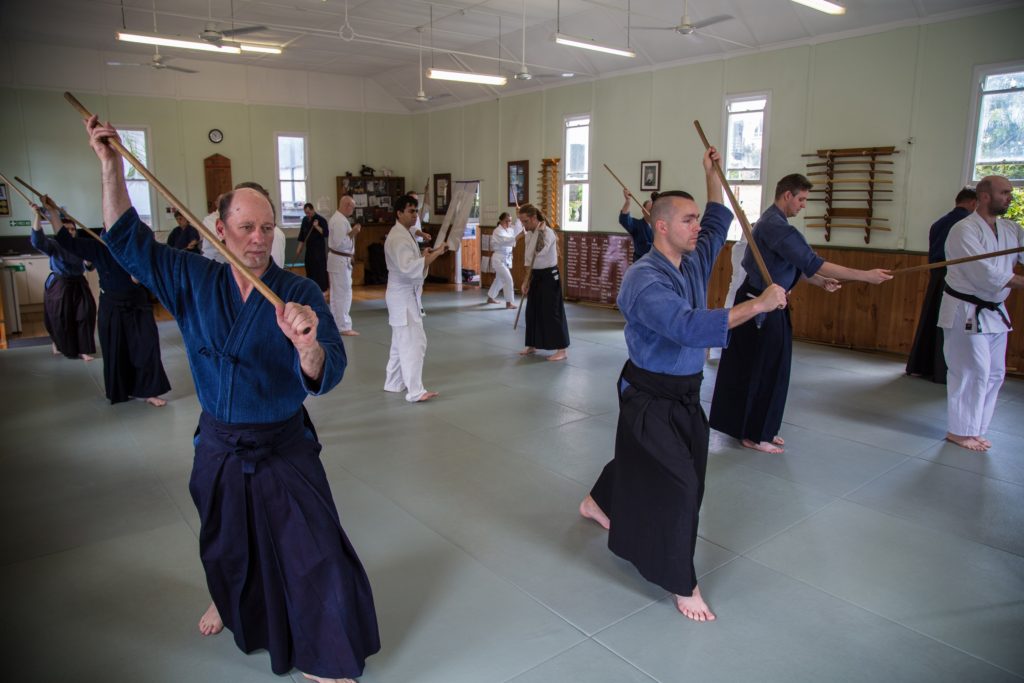
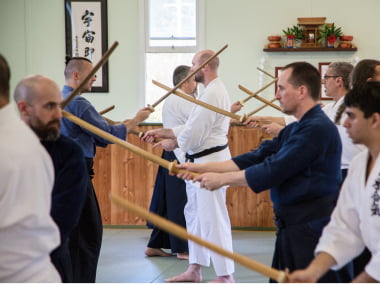
Old Martial Ways
These are difficult questions for people unfamiliar with the world of Kobudo (Old martial ways) to answer. The Ryu (school) developed at a time when personal and battlefield combat still found many opportunities to occur. Proficiency in an art or techniques that allowed a person to be victorious in this type of man to man combat was paramount. When a combatant entered into this type of battle he knew very well that he had only a 33% chance of attaining that elusive victory. He could win, his opponent could win… or they both could perish. Combat with swords, staff, spear and similar weapons allows for neither error nor hesitation.
Perhaps this is part of its attraction today and accounts for why many of the students have experience in unarmed martial arts also. Nishioka Tsuneo Sensei described the idea of combining unarmed and armed martial study as being ‘two wheels on the one cart’… with only one wheel we may travel in circles.
Modern Martial Ways
There are two distinct differences between the practice of modern combat sports and Kobudo. The first is that in Kobudo the primary training method is Kata… a pre-arranged sequence of increasingly complex movements practiced in pairs. Nowadays most teachers and styles try to find a balance between:
- Kata practice and freestyle practice
- Kata practice conducted as a solo affair
- Kata rejected as a valid method in favour of freestyle practice
Such a direction is usually justified by the interesting assertion that only freestyle practice develops real world skills. (This is such a spurious argument that it barely warrants comment. We do not learn any language, skill or sport in a real world setting. Contrived environments are established and we slowly graduate to be able to test & apply the skills learned in a true real world setting as opposed to a ring or dojo.) Nishioka Sensei’s explanation was that kata and free practices are not opposing options… rather they are two points on the same road and only the former can lead to the latter.
Fuzoku Bugei
Fuzoku Bugei ( 付属武芸 Martial Arts passed down together with…) – In addition to the core skills of Staff and Sword, Shinto Muso Ryu came to incorporate a number of related martial arts that served to enhance the effectiveness of the Kuroda Police of the feudal era. These arts are gradually taught as a student becomes more experienced in the primary skills of the school.
-
Jojutsu
Even though the Shintō Musō-ryū was founded by a samurai (Muso Gonnosuke) in the Keichō […]
-
Kenjutsu
This 400 year old sword system is closely related to the famous Katori Shinto Ryu […]
-
Tanjojutsu
Developed by Uchida Ryogoro (1837 – 1921) this weapon is essentially an adaptation of the […]
-
Juttejutsu
The Jutte is an iron truncheon-like weapon approximately 45 cm in length with a handgrip, […]
-
Kusarigamajutsu
The Kusarigama is a combination of kusari (weighted chain) and Kama (sickle) developed originally in […]
-
Taihojutsu
This is a derivative self-defence art developed within the Kenshinryu to teach a range of […]
“There are no kata as thoroughly developed as Shinto Muso Ryu Jodo’s. I believe Shinto Muso Ryu Jodo is a national treasure“
Nakayama Hakudo

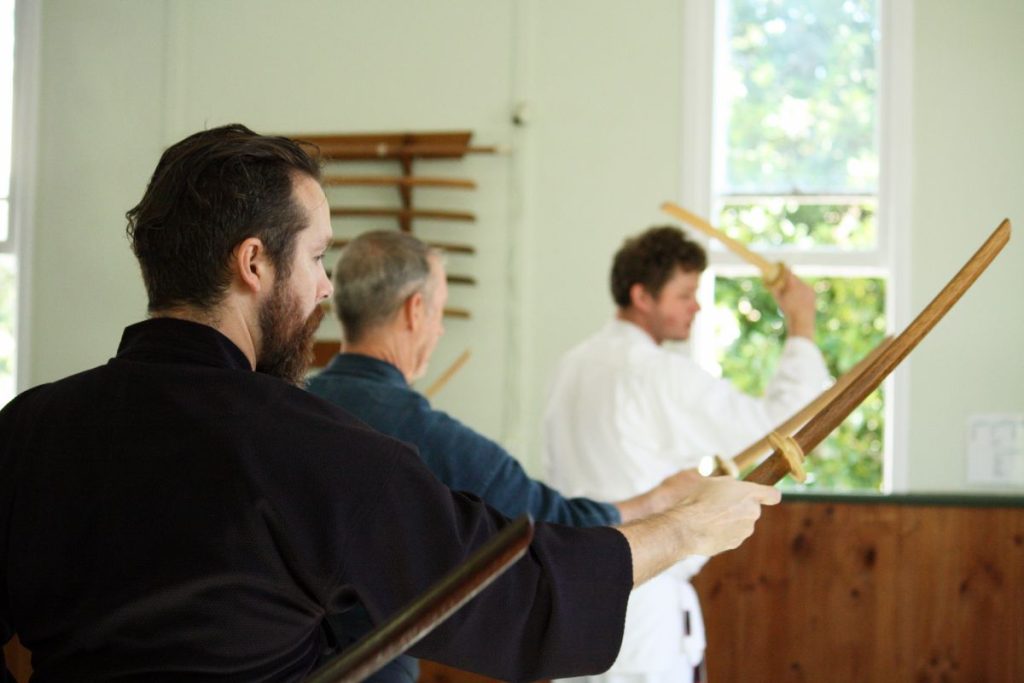
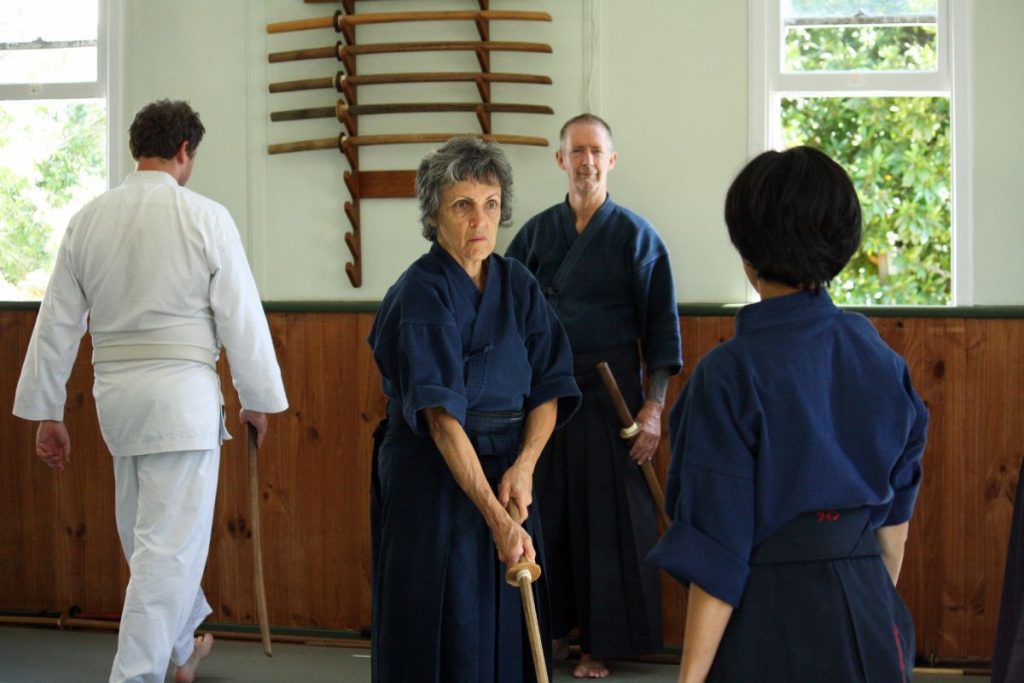


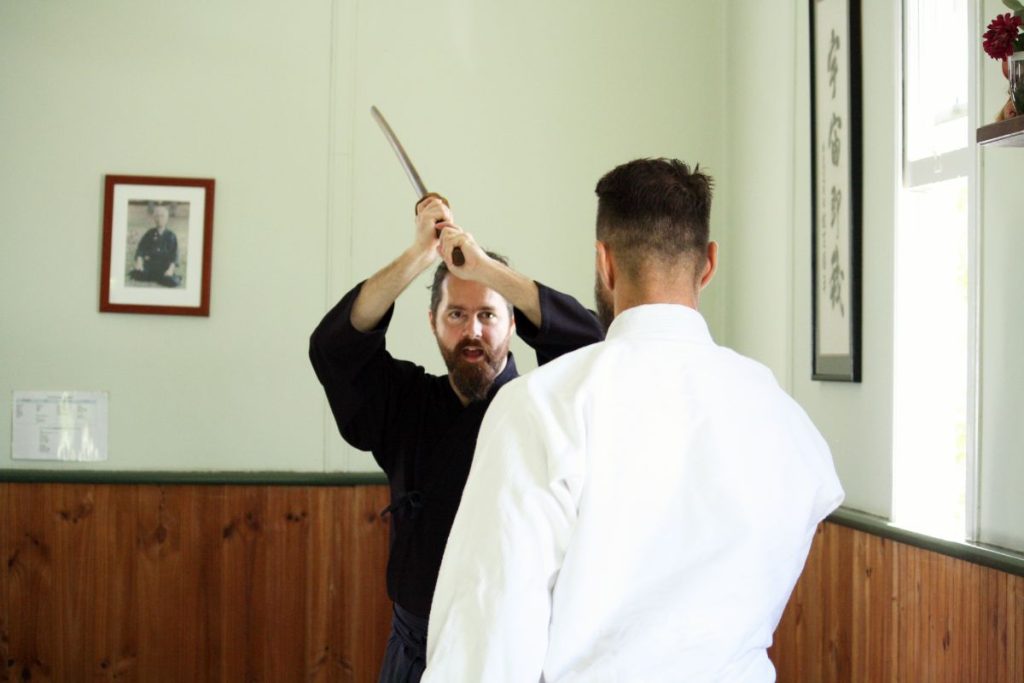
Uchidachi – Shidachi
The second difference is that during training the teacher takes the role of the attacker (uchidachi / uke / nage) and hence the person who is defeated in the kata. At a time when the emphasis has shifted firmly in modern arts (including Aikido) to the role of the defender as the winner (shidachi / shitei / tori), this constitutes a very considerable difference.
The attacker establishes all the conditions to which and within which the defender must respond and only the attacker can provide correct feedback from a position of immense experience. The fact is that in armed training such as SMR, if the attacker is not fully competent the defender cannot possibly learn the art correctly. The big things can go awry very quickly let alone the subtle nuances.
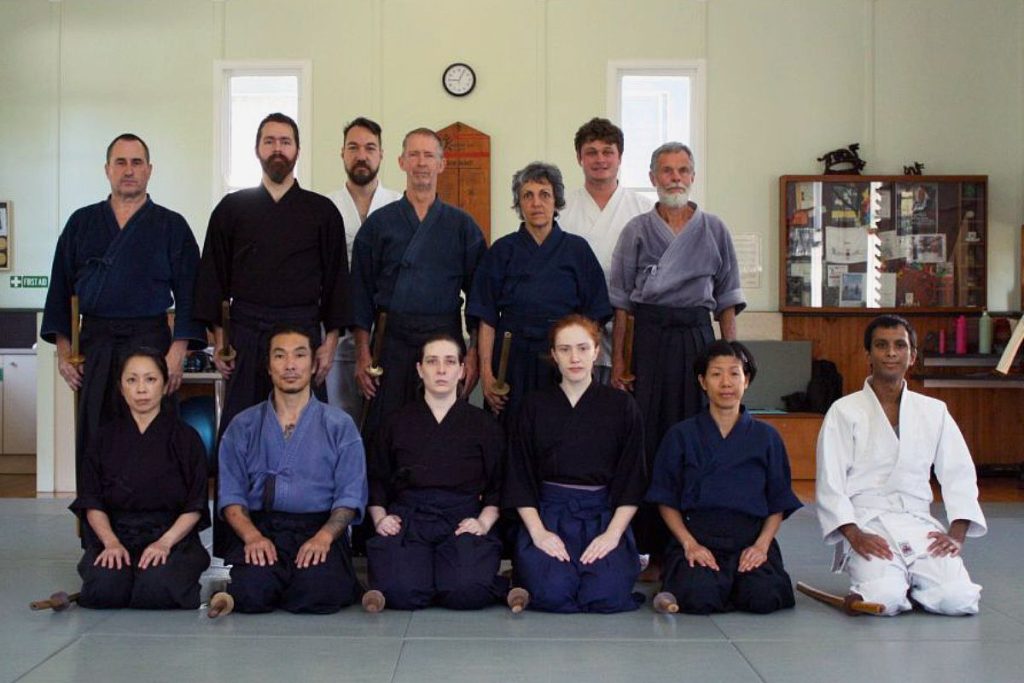
“The spirit of Budo is not concerned with winning or losing. The basis of training must be to enhance the quality of our life. In dwelling on the surface aspects only, we will be drawn inevitably towards comparisons and competitiveness. By letting go of the fear that is winning and losing … by adopting a spirit of openness, we can experience the sense of freedom and joy that is Budo.”
David Dangerfield Sensei
| DAY | TIME |
|---|---|
| TUESDAY | 5:30PM – 7:30PM |
| THURSDAY | 5:30PM – 7:30PM |
| SATURDAY | 7:00AM – 9:30AM |
| FEES | PRICE |
|---|---|
| 1 MONTH | $66 |
| 6 MONTHS | $330 |
| 12 MONTHS | $590 |
| 6 PACK (6 CLASSES) | $90 |
Apply for Shinto Muso Ryu
The Kenshinryu (Adult Dojo) will be accessible to Members and their guests only. If you are interested in joining Aikido or Shinto Muso Ryu classes at Kenshinryu you will need to complete an Application for Membership, observe one or more classes and for Adults participate in an interview.
This process acknowledges that traditional martial arts classes are not suited to everyone and will help establish whether there is a good match between people’s aspirations and the available training. There is then a trial period of three months after which full membership may be confirmed.
The Application for Membership includes a pledge to meet minimum standards of attendance, fitness and levels of participation. The aim of this new method of Membership is to ensure high quality training for all members of the Adult Dojo and has proven to be very welcome.
If you wish to apply you will need to fill out the downloadable form (click button below) and then contact us to book your first free class and brief interview with Sensei David. Please bring filled form with you or email form to info@kenshin.com.au
Getting Started
- Watch a class
- Use the Checklist to review your experience
- Book a Free Introductory Class – this is a private class on a Monday, Wednesday or Friday evening from 5.30 – 7pm
- Choose whether you wish to continue
- Complete a Membership Registration form and choose your starting package – see Beginners packages – you can get your Gi (training uniform) now and a Student Handbook
- Complete four more private introductory classes
- Enter the General Class
- You can now attend any class Monday through Friday evenings and Saturday mornings – see the Class times in your Student Handbook
